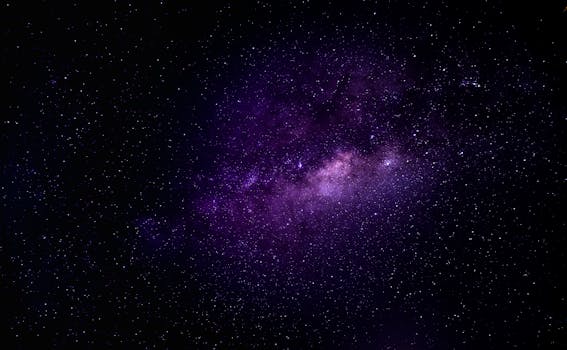
“
From Stardust to Dreams: Imagining Life Beyond the Stars
Introduction to the Wonders of the Universe
From Stardust to Dreams: Imagining Life Beyond the Stars is a journey that takes us through the vast expanse of the universe, exploring the possibilities of life beyond our planet. As we gaze up at the night sky, we are reminded of the infinite mysteries that lie beyond our world. The stars, galaxies, and celestial bodies that make up the universe are a testament to the awe-inspiring complexity and beauty of creation.
The universe is estimated to be around 13.8 billion years old, with over 100 billion galaxies, each containing billions of stars. The sheer scale of the universe is almost incomprehensible, and yet, we are drawn to its mysteries like moths to a flame. The possibility of life beyond our planet is a question that has haunted humanity for centuries, with scientists, philosophers, and dreamers all weighing in on the debate. For a deeper exploration of this topic, check out Soaring Through the Cosmos: The Power of Imagination Beyond the Stars.
The Building Blocks of Life
So, what are the building blocks of life, and how do they come together to form the complex organisms that we see on Earth? The answer lies in the elements that make up our universe. Carbon, hydrogen, oxygen, and nitrogen are just a few of the elements that are essential for life as we know it. These elements are found in abundance throughout the universe, and are the foundation upon which life is built.
The process of star formation is also crucial to the creation of life. As stars are born, they forge the heavy elements that are necessary for life, such as carbon and oxygen. These elements are then dispersed throughout the universe, providing the raw materials for the creation of new stars, planets, and life forms. To learn more about the creative potential of the universe, explore Charting New Realms: The Journey of Imagination Beyond the Stars.
Imagining Life Beyond the Stars
So, what might life beyond the stars look like? The possibilities are endless, and are limited only by our imagination. We might imagine life forms that are similar to those found on Earth, such as plants, animals, and humans. Alternatively, we might envision life forms that are entirely alien, with characteristics and abilities that are beyond our comprehension. For more on this topic, see Galaxies of Dreams: How Imagination Transcends the Night Sky.
One possibility is that life beyond the stars might exist in forms that are not based on carbon and water, as life on Earth is. For example, life forms based on silicon or liquid methane might exist on other planets, and could have entirely different chemistries and biologies than life on Earth.
Conclusion and Takeaways
In conclusion, the possibility of life beyond the stars is a tantalizing one, and is an area of ongoing research and exploration. As we continue to explore the universe and push the boundaries of our knowledge, we may yet discover that we are not alone in the universe.
Some key takeaways from our journey through the universe include:
- The universe is vast and complex, with over 100 billion galaxies, each containing billions of stars.
- The building blocks of life, such as carbon, hydrogen, oxygen, and nitrogen, are found throughout the universe.
- The process of star formation is crucial to the creation of life, as it forges the heavy elements necessary for life.
- Life beyond the stars might exist in forms that are similar to those found on Earth, or might be entirely alien and based on different chemistries and biologies.



